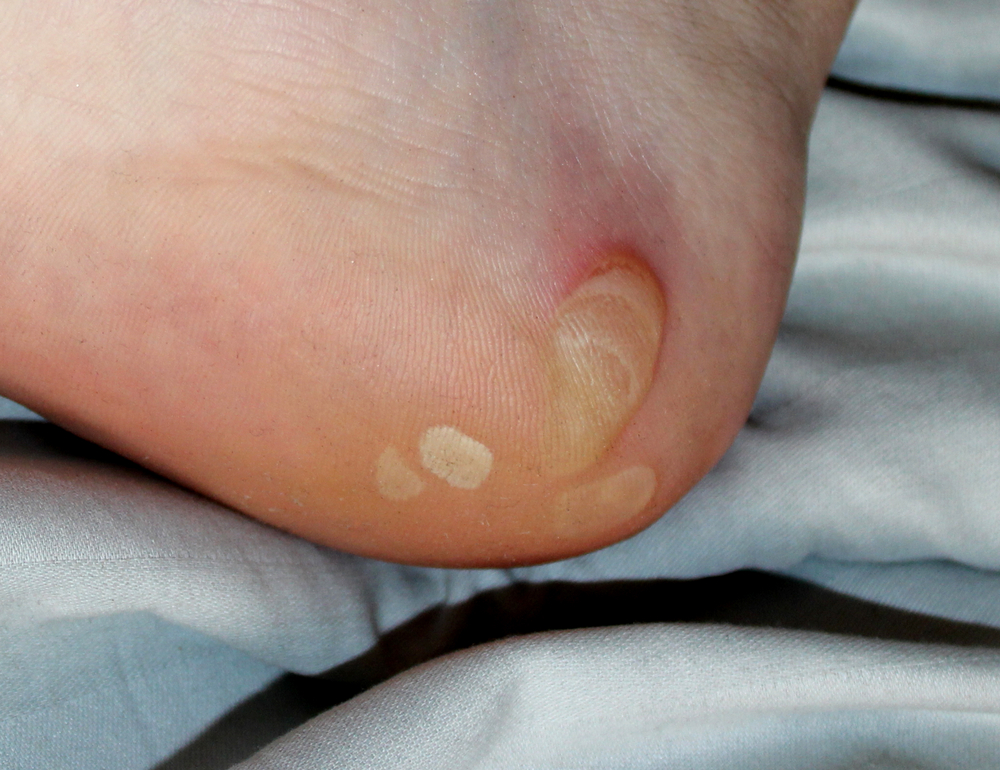Dr. Ted Rosen discusses the investigational drug oleogel-S10 for epidermolysis bullosa.

Ted Rosen, MD, FAAD
Professor of Dermatology, Baylor College of Medicine, Houston, Texas
Oleogel-S10 (Filsuvez, Amryt) is under consideration by the FDA and approved in the European Union (EU) and Great Britain for the treatment of partial thickness wounds associated with junctional and dystrophic epidermolysis bullosa in patients 6 months and older.
Oleogel-S10 is a sterile, non-aqueous gel, consisting of birch triterpenes. Its precise composition is betulin, betulinic acid, oleanolic acid, lupeol, and erythrodiol.
Mechanism of Action
Oleogel-S10 modulates all phases of wound healing by decreasing inflammation and stimulating growth factors.
The resulting altered cytoskeleton facilitates cellular migration (fibroblasts, endothelial cells, and keratinocytes) into the wound site. Enhancement of keratinocyte differentiation occurs, partly by upregulation of transient receptor potential (TRP) channel TRPC64.
The EASE Study
Investigators studied the drug’s efficacy and safety in the EASE Study: Oleogel (n=109) versus control gel (n=114), both with standard of care dressings in wounds (21 days to 9 months old) related to epidermolysis bullosa.
The primary end point was the proportion of patients with first complete closure of the target wound within 45 days.
In the study only 6.4% of subjects were under 4 years of age, the male to female ratio was 60%-40%; and 83.5% had recessive dystrophic epidermolysis bullosa (EB).
A higher proportion (44%) had complete target wound closure at 45 days in recessive dystrophic epidermolysis bullosa with Oleogel S-10 compared to control gel (28.9%), which was statistically significant (p=0.008).
However, the primary endpoint was NOT met in dominant dystrophic or junctional EB. In February 2022, the FDA sent a letter to Amryt saying that it could not approve the original application for approval and would need more evidence of Oleogel-S10’s effectiveness in EB.1
The secondary endpoints assessed over all three forms of EB were found to be positively trending:
- Reduced requirement for daily dressing changes in patients treated with Oleogel-S10
- Reduced pain associated with dressing changes in patients treated with Oleogel-S10
- Reduced incidence and severity of wound infections in patients treated with Oleogel-S10
The rate of adverse events was comparable in both the treatment and control groups in the EASE study and were mostly mild to moderate in intensity.
Suggested Reading:
Kern JS, Schwieger-Briel A, Löwe S, et al. Oleogel-S10 Phase 3 study “EASE” for epidermolysis bullosa: study design and rationale. Trials. 2019 Jun 11;20(1):350. doi: 10.1186/s13063-019-3362-z. PMID: 31186047; PMCID: PMC6560757.
Reference:
Figueiredo M. FDA Rejects Filsuvez Gel for Treating Skin Wounds in JEB, DEB. Epidermolysis Bullosa News.February 28, 2022. Accessed February 1, 2023.FDA Rejects Filsuvez Gel for Treating EB Skin Wounds, Seeks More Data (epidermolysisbullosanews.com)


